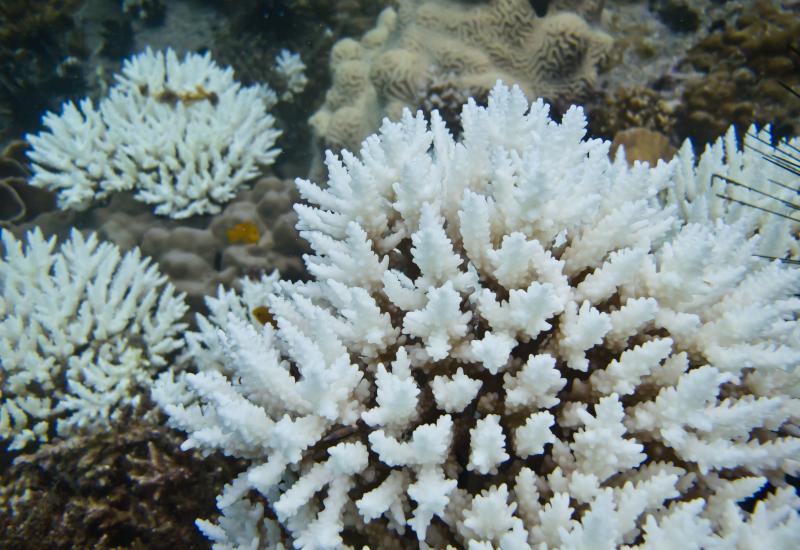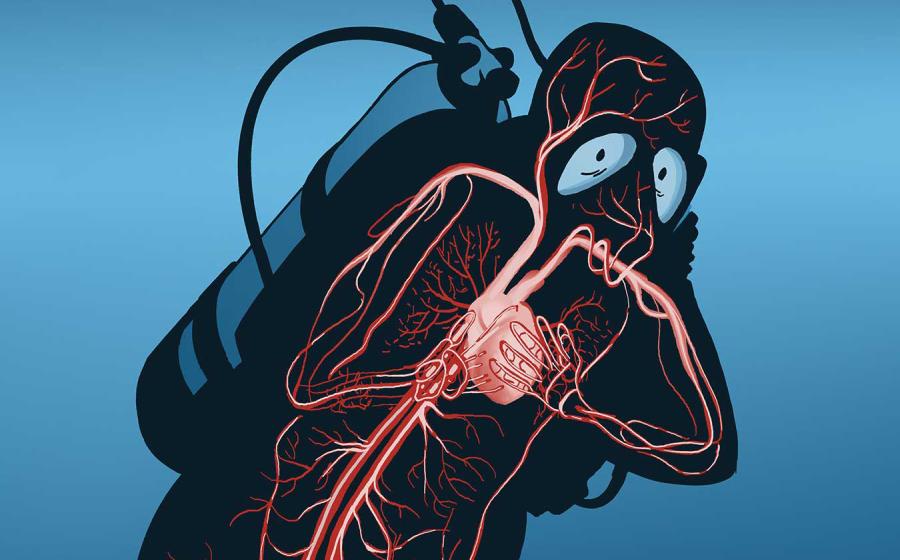Scientists Find SpongeBob SquarePants and Patrick Star in Atlantic Ocean
Researchers recently spotted a yellow sea sponge curiously resembling SpongeBob SquarePants and a pink sea star akin to Patrick Star hanging out on a rock just 200 miles off the coast of New York.
The duo, which brings to mind the long-running Nickelodeon series, was found by National Oceanic and Atmospheric Administration researchers at the Retriever Seamount in the Atlantic, about a mile below sea level.
Scientist Christopher Mah shared an image of the pair on Twitter:
The crew was aboard NOAA’s Okeanos Explorer ship, conducting surveys via remotely operated vehicle (ROV) when it came across the Hertwigia sponge and Chondraster starfish.
"I thought it would be funny to make the comparison, which for once was actually kind of comparable to the iconic images/colors of the cartoon characters," Mah tells Business Insider. "As a biologist who specializes in sea stars, most depictions of Patrick and Spongebob are incorrect."
There are a few stars that had to align for these creatures to exactly resemble the cartoon characters. First, deep-sea sponges are typically orange or white, so the yellow color surprised scientists. There are also very few sponges that are square-shaped. And as for “Patrick,” this particular sea star only had a one in three chance of being light pink, as the species can also appear dark pink or white.
The timing of the discovery was also lucky: Because Chondraster sea stars feed on sponges, it’s likely that “Patrick” would have been taking bites out of “SpongeBob” just a little later on.
The humorous discovery is one of many deep-sea findings made by the NOAA team aboard the Okeanos Explorer.
"We have investigated up to 4,600-meter depths,” Mah says. “[We’ve] seen a wide range of never-before-seen ocean life, including huge deep-sea corals, many deep-sea fish, starfishes [and] sponges of which many are undescribed species and thus new to science.”










